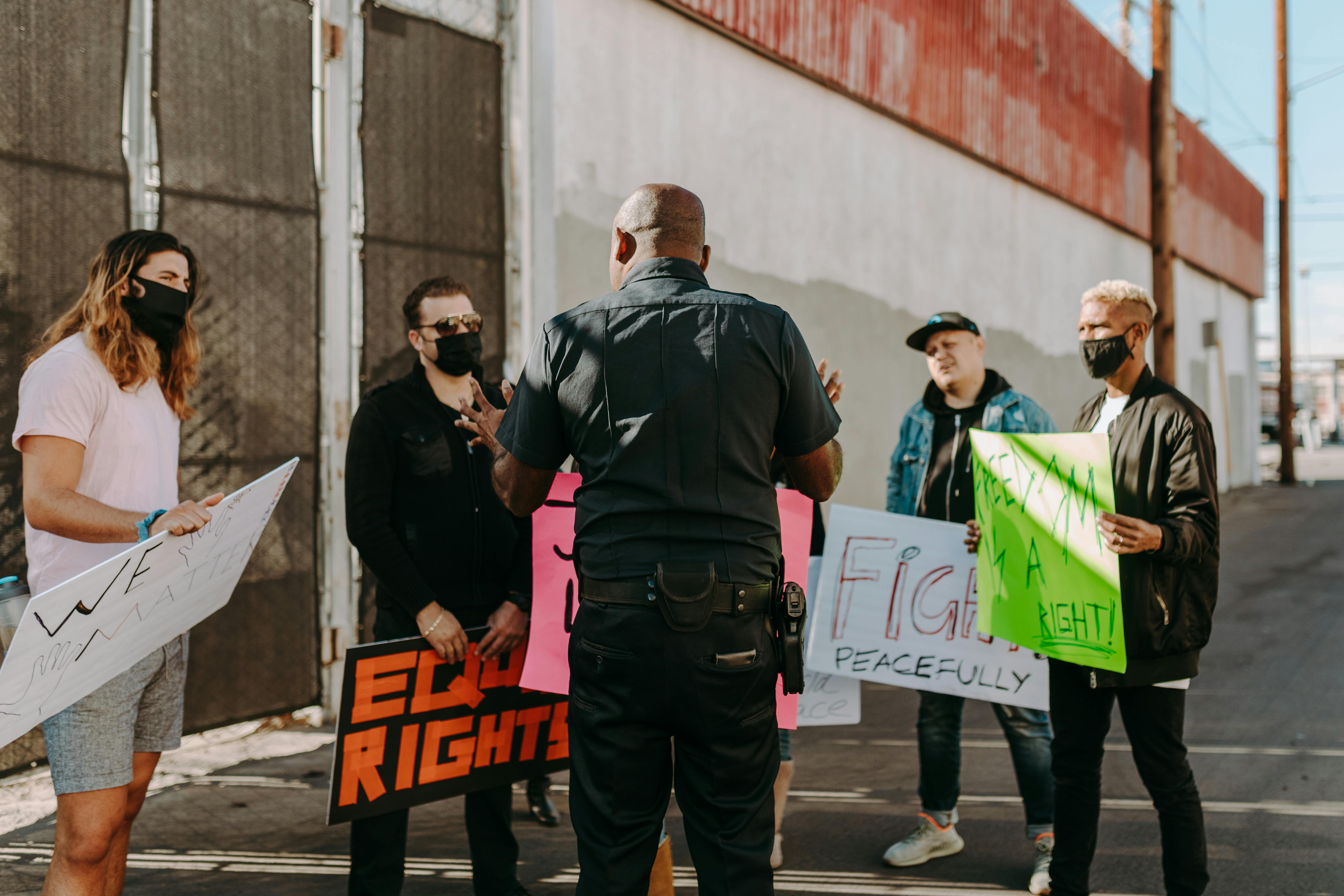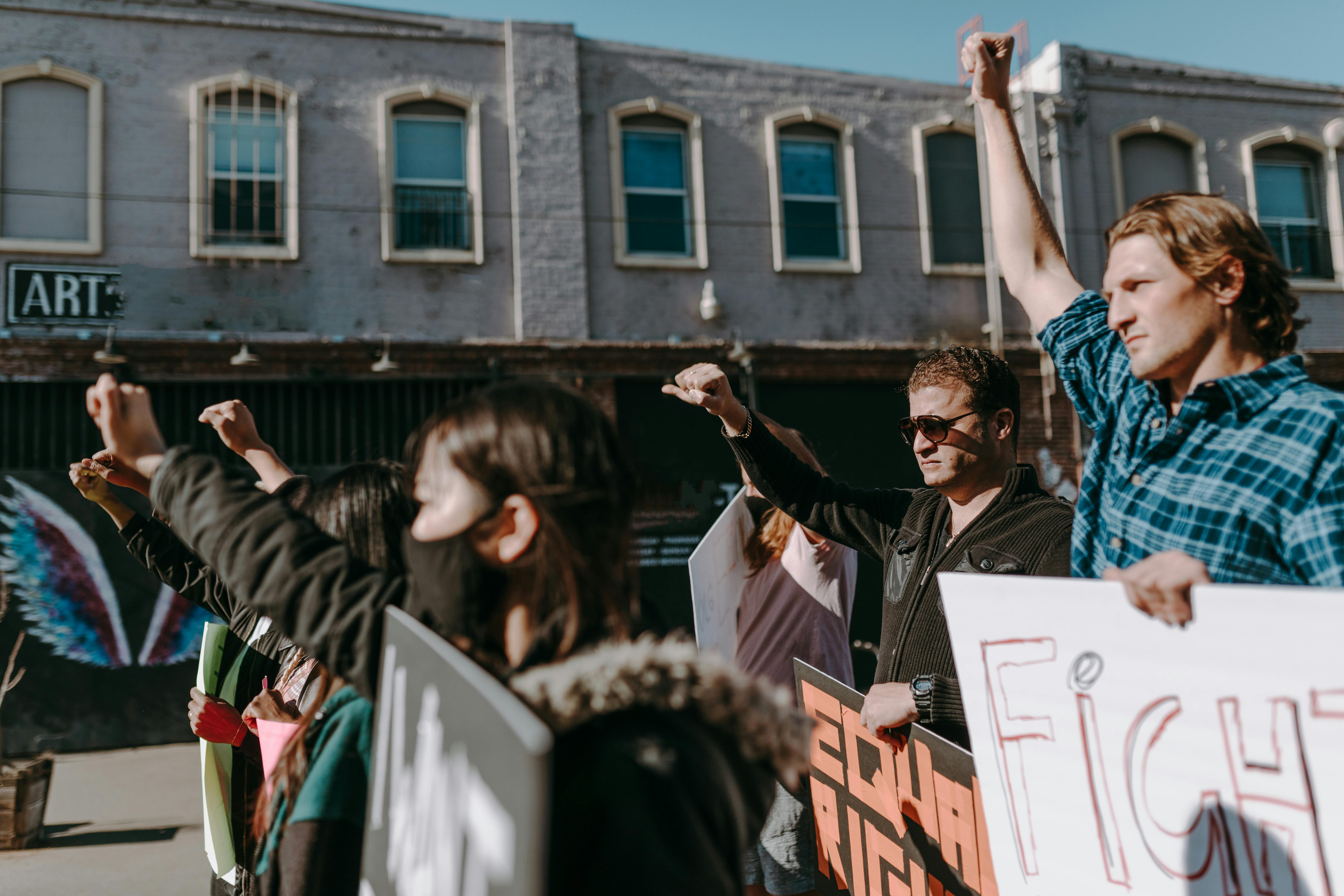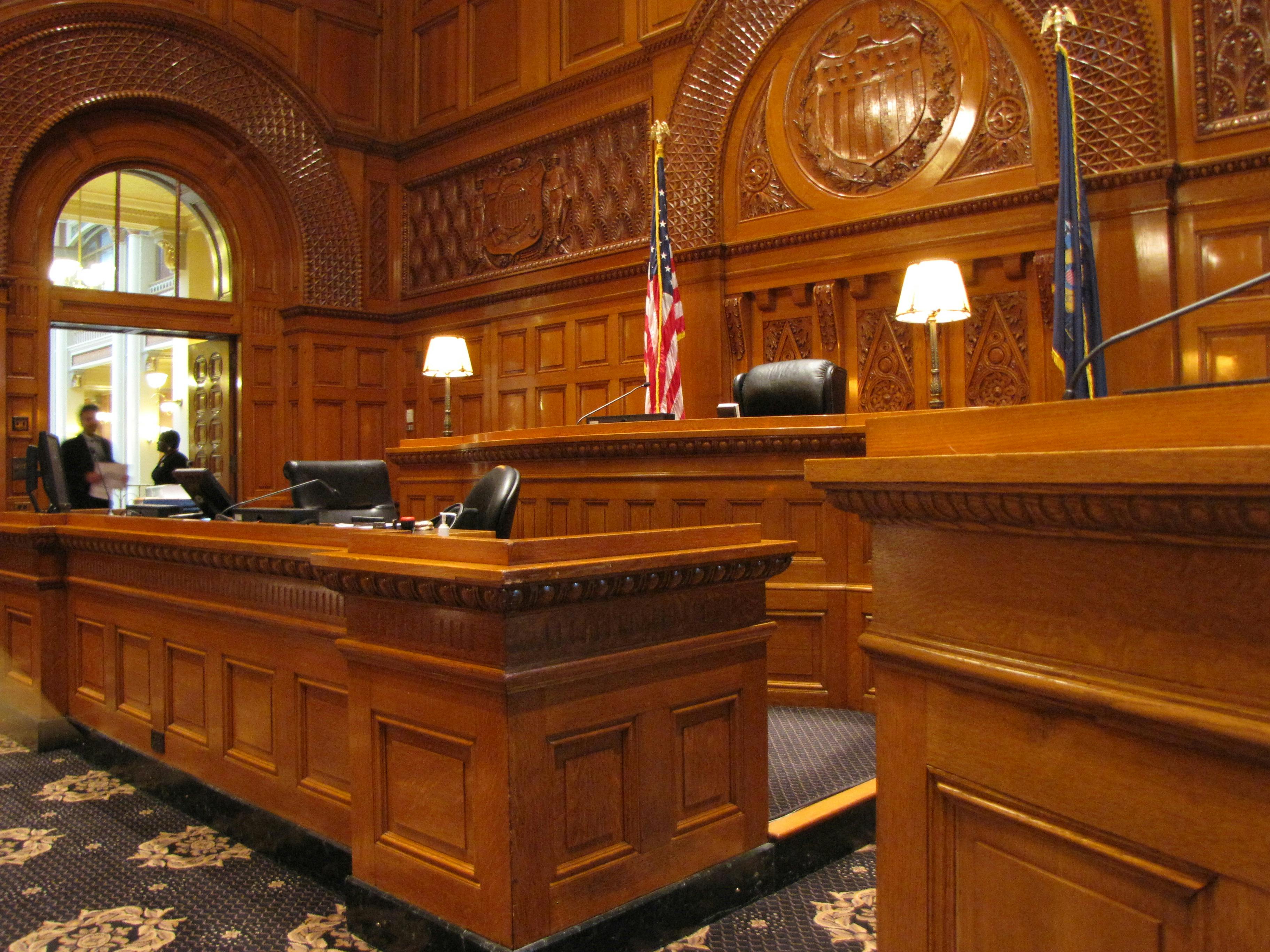Witchcraft has long been established as a prominent function in society, from the use of healers in ancient civilizations to modern advances in pagan religions over the years.
Witchcraft was the main way of life, with people following birth charts, riding demons, using the earth as a restorative power for themselves and their land, and making use of magical entities to define how they should live based on the seasons in which they lived. Healers of the ancient world have always called upon the powers of the gods or the earth to provide care for those who suffer, and they were highly respected in their communities for all the good they did. Most witches believed that the land had supernatural powers, and that everything had to be done for the good of all, since nature was revered, and also the spirit of the person who would eventually return there. There was a focus on creating equality and balance within the community, and for everything one took out of the land, something must be put back within it. Magical entities thrived among societies that feared the unknown, but the sages were always there to heal the sick and be a positive force in their lands. Both men and women held these titles, and the spirits blessed them for their care of the lands.
However, it hasn’t always been that the ‘witch’ label comes with positive thoughts.
The definition of a witch is a person who uses supernatural powers and practices sorcery. However, there are terms in the dictionary that are derogatory towards those practitioners. Words like ‘witch’ or ‘wicked’ are used together with ‘bewitching’ and ‘ugly’.
The derogatory terms come from the 14th century, when the church and other ruling classes aimed to persecute those who helped the lower classes and prevent them from using their healing abilities in the medical profession. The witch hunt spanned the globe, shaming and torturing civilians into confessing that their life choices were part of a devil-worshipping pact and that their use of magic was only intended to harm.
For more than 400 years, witchcraft was outlawed and many faced jail or death for failing to follow religious rules or for attempting to heal family and friends without paying for medicines. Men, women and children were under threat of being accused of terrible crimes, although most of the women were attacked during those times. Pagan practices were forced underground, as simple occupations such as midwifery or healers were also persecuted. Poorer communities were considered to have a higher population of wicked witches, as the threat of rebellion was always higher in these areas.
Fortunately, the persecution died down and various apologies were offered for the oppressive and violent treatment of citizens during that time. Witchcraft was no longer considered an illegal act, and many people who practiced it covertly were able to live without fear to bring good to the lives of many.
Since the mid 1900s, witches are once again emerging in a positive light, and their powers of divination are often used to bring love, luck, and happiness to those who ask for help.
The witch has had many traits, some good, some not so good. Throughout history, stories have always circulated about many people being witches or possessing supernatural powers.
The most famous witches are Morgana Le Fey and Merlin from the Arthurian stories. One bad and one good, both were instrumental in securing Arthur’s position on the throne of Camelot. Conceived around 1100, its stories try to preserve the old pagan religion and weave it into a history of oppression by the emerging Christian religions, but successfully root the two religions as capable of working together. This harmonious view of witchcraft was not matched until the late 18th century, with witches such as Gerald Gardner and Madame Blavatsky promoting the ancient earth religion as a way of living in harmony both within oneself and in the world one inhabits.
The witch’s story does not always end in tragedy, but many tales show the struggle to live a life without oppression. Whether the oppression comes from a different religious organization, the government, or just the surrounding neighbors, it is clear that historically, witchcraft was a targeted phrase used to prevent a person from thinking thoughts that seemed different from the norm, or attempting to explain events that others could not.
Alice Kyteler was the first woman accused of witchcraft and association with the devil. Her case involved her appearing to murder her husbands using witchcraft, and stories began to circulate of her offering sacrifices and using her powers to escape conviction. After she fled the country, her followers were convicted of heresy and therefore subjected to torture and death.
Another historical witch is Joan of Arc. Although later canonized as a saint, she was accused of witchcraft after visions of her (which she claimed were from God) enabled her to lead the French army to victory. It was these visions that perpetuated the belief that she was in league with the devil and she was burned at the stake in 1431. Once again, Joan’s tragedy perpetuates the notion that when one deviates from the normal way of life, it becomes inevitable that harsh forms of social control are used, resulting in the death of an individual.
Many more stories involve a grim outlook for the witch. The Pendle Witches of Lancashire, Mother Shipton, Elisabeth Sawyer, even the Witch of Endor (found in the Bible) live in a world where they are oppressed for expressing their opinions, tortured for their alleged crimes and feared for their beliefs with no opportunity to defend themselves or explain how they live as they choose to.
Those who practice witchcraft live in harmony with nature, preferring to live as their elders did in pre-Christian times, and use their wisdom to heal others. A witch, even in ancient times, used her powers to make sure justice was done, not to harm others. In the latter part of the 19th century, the pagan movement resurfaced and connections to the old faith were restored, as harmonious living was no longer feared or unknown. Later witches that appeared in our story use their knowledge of nature to heal and help, and have often been accepted into society as practitioners of alternative forms of medicine and religion and can live without the persecution of their predecessors.



